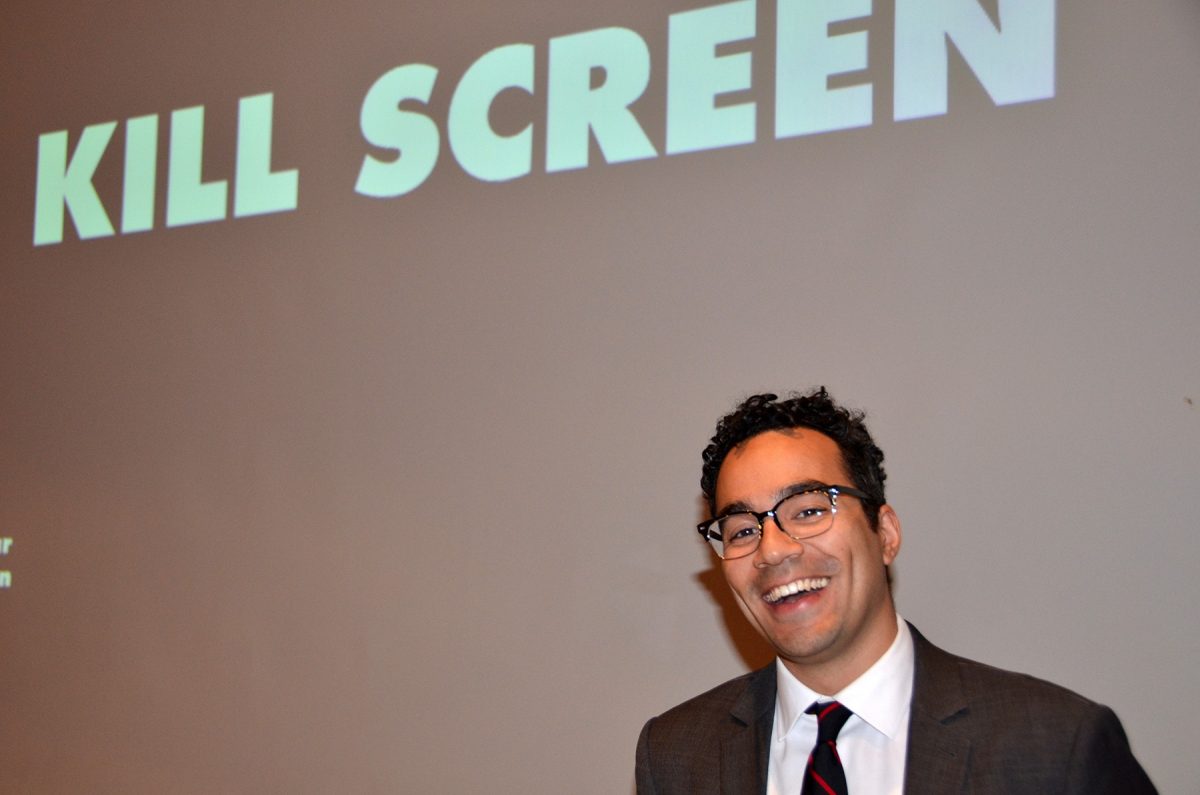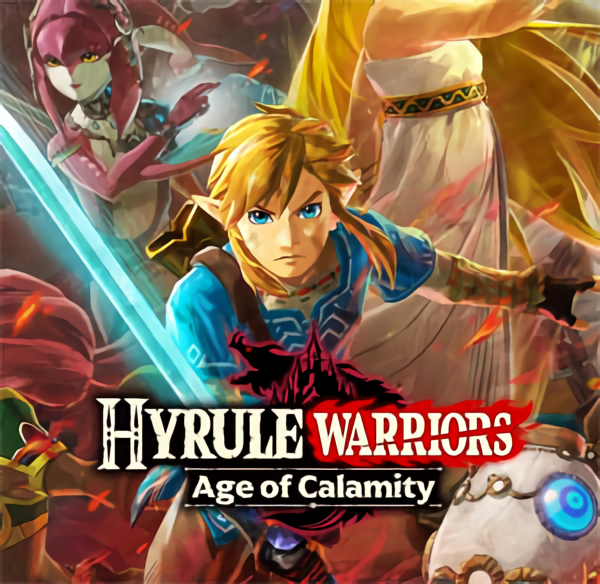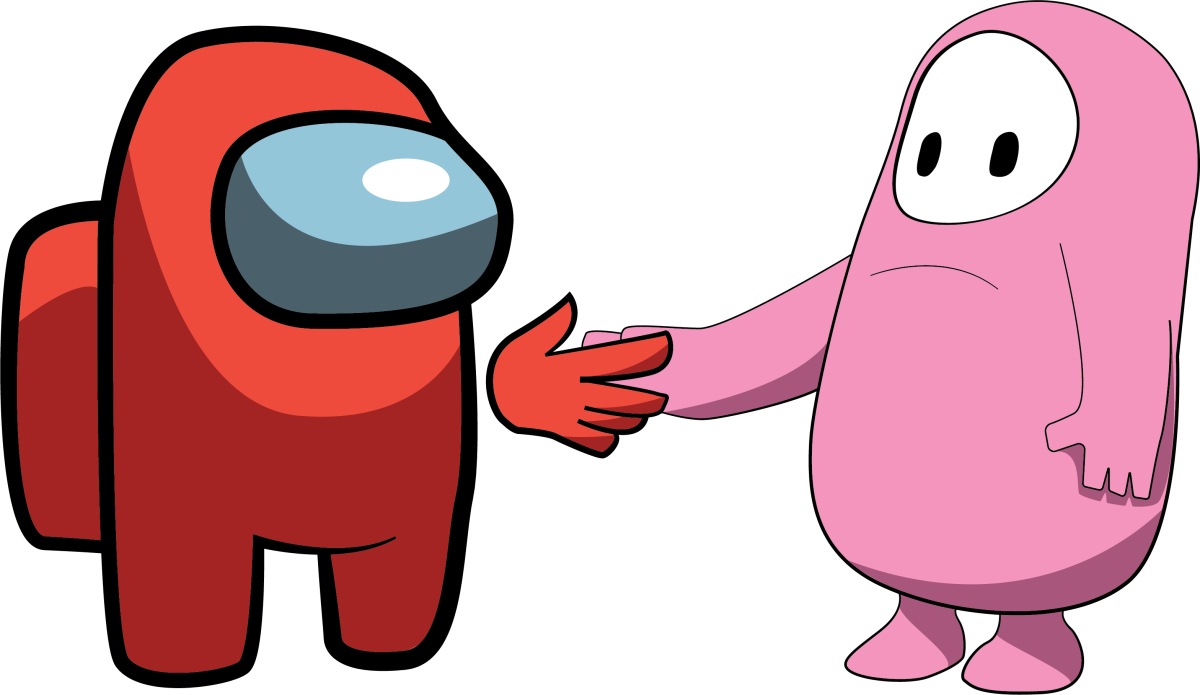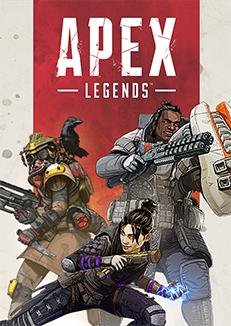Thinking. Acting. Object-ing.
Thanks to the school of Art and Design, as well as to the game design professors of NJIT who were gracious enough to tell their students about last Monday’s talk in Weston Hall, Jamin Warren came to NJIT. Warren, of Kill Screen Daily and the PBS Game/Show YouTube channel fame, lectured about a topic I thought NJIT was never going to publicly acknowledge: video games are art. Warren went a step further and said “Video Games as Art? No, culture”.
As provided every semester by the college of Art and Design through their lecture series, Warren gave a talk about video games. As you should all know by now, games are legally art. Jamin Warren added the bit about games being not just art, but a part of our culture. Referencing the German sociologist George Simmel, Jamin Warren explained that culture is defined from the way we think, the way we act, and the way we objectify something.
In terms of video games: there is thinking involved in all of the choices you make in games, acting through manipulation of a controller, and then there is the object, or medium, that we use to play games, the Oculus Rift being an example. Though, this creates another interesting idea, the art of play.
Today, video games have become a huge part of our lives, and if not, video games definitely affect someone that we know. To say that video games aren’t a part of culture in the 21st century is forgetting that billions of people have cellphones; games with gems and exploding pigs are all over the place. For some people, their entire lives revolve around playing games. Thinking a little more deeply into it, this drives home the idea that “design is everywhere”
Designing a game works the same way as designing pretty much anything else. Most game developers seem to forget that you don’t need to design games based off other games. One of the biggest takeaways from Jamin Warren’s talk is about how should you design a game not for yourself but for others. How is your game supposed to talk to someone? How is someone supposed to think or interact with your game? Why would someone play your game? They are important ideas that have to be accounted for when we design something.
Not only should we think about designing for others, but about what inspires our designs. A lot of games don’t look to dissect other forms of art besides other video games. We can’t design our games like this anymore. Games are culture.
Unfortunately, this kind of thinking isn’t normal in the game design programs of NJIT. Yes, we’re ranked 22nd out of 150 schools in the country, currently the best in the state of New Jersey, but there is still a long road ahead.
Hopefully we can improve game development at NJIT by having more talks with industry professionals like Warren. Perhaps then, we can have more involvement between both the artists and technicians of game development in NJIT. While there are classes shared by the two fields, it feels like a far cry from a full collaboration. For IT students, there still isn’t a game design lab. For DD students, there are programming classes that are hard to sign up for. Video game design is one of the best programs at NJIT, and I still feel like we should be fostering our game design program to reach further heights.
It’s as Jamin Warren, former culture writer for the Wall Street Journal, said, games are culture.

































